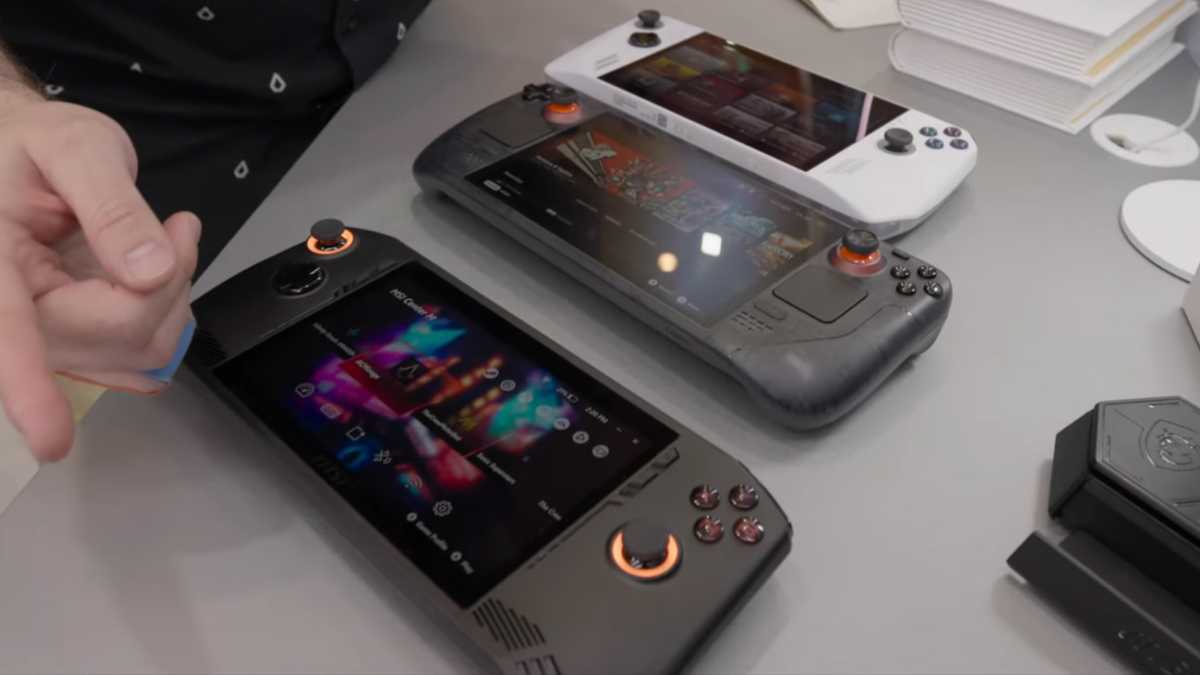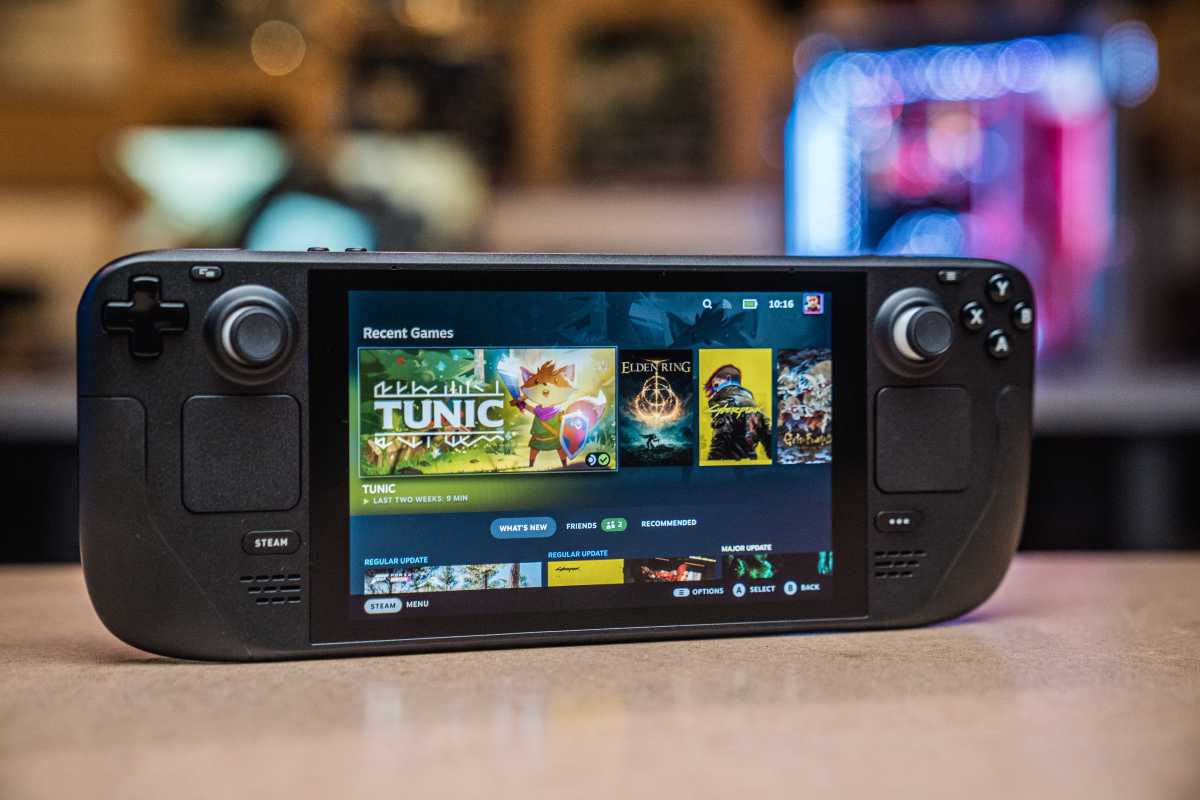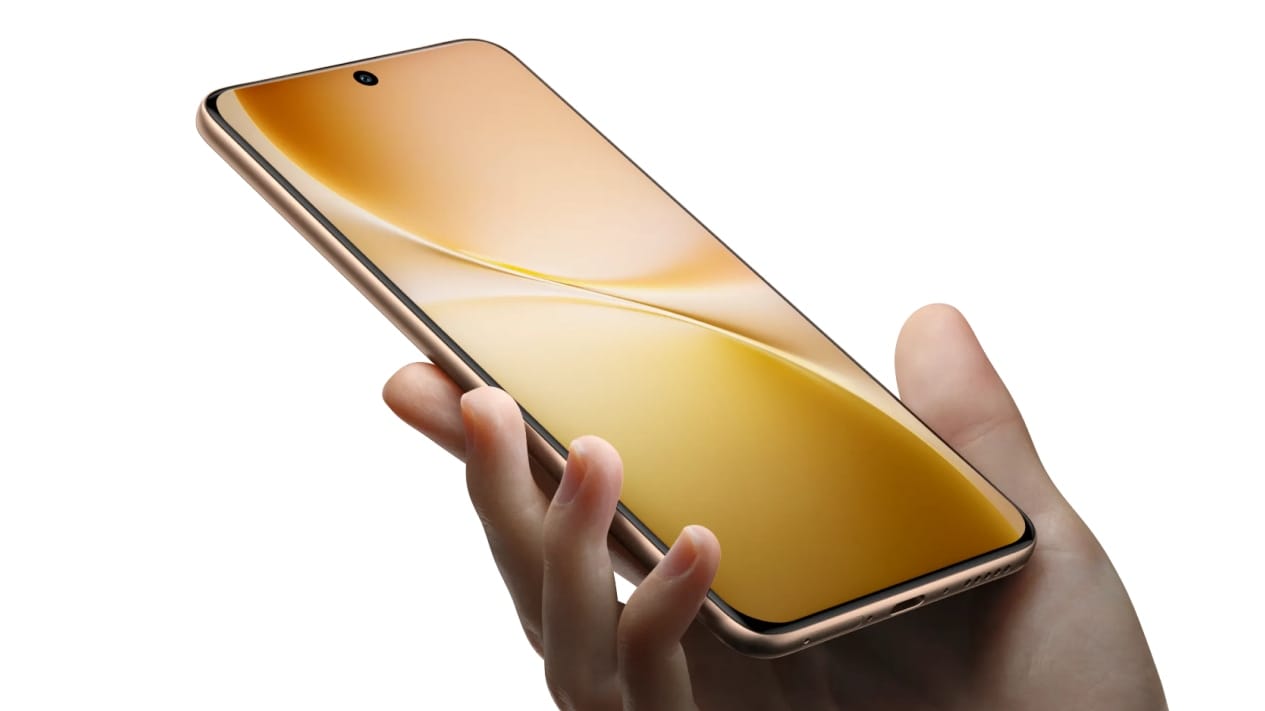I want a Steam Deck, but I’m afraid to buy one
I’ve wanted a Steam Deck from the first moment I saw one. But I haven’t bought one yet. Initially, it was because I couldn’t really justify the purchase, at least if the amount of time I’ve used my original Nintendo Switch in portable mode is anything to go by. But lately I have a new reason: I’m scared.
See, I could definitely convince myself that getting one makes sense. I work for PCWorld, it’s not as if buying a portable gaming PC would piss off my (imaginary) accountant. But since I’m looking at a $500 purchase, probably closer to $1,000 if I get an OLED model and a couple of upgrades, it’s way outside of impulse buy territory. So I want to make sure it’s a good purchase, if not necessarily a wise one.
Table of Contents
The Steam Deck is getting older
And here’s the thing: The Steam Deck is three and a half years old. And the OLED model, while gently revising the internal bits, isn’t any more powerful. While the Steam Deck’s AMD Zen 2-based APU is fine for the vast majority of PC games, especially combined with the efficiency of SteamOS and the Proton compatibility layer, it’s definitely looking a bit long in the tooth for the latest 3D titles.
So I have purchase paralysis. I don’t want to sink the better part of a grand into a game machine if a new one is right around the corner. Granted, that’s always an issue with almost any kind of technology, from graphics cards to Grand Cherokees.
But even if Valve is tight-lipped about any kind of new model or revision — and more reticent than most companies to release a new one and potentially fracture the userbase in terms of capability — I can’t help but fear that a better alternative is right around the corner. If not from Valve, then from a competitor.

Willis Lai/Foundry
Since the Steam Deck blew up the previously teeny-tiny portable gaming PC market, dozens of alternatives have popped up mimicking its form factor and capabilities. Most of these are also using AMD’s excellent APU designs, and most are more powerful than the Steam Deck’s, if only nominally so. And now that these can also run SteamOS instead of clunky Windows, either officially or via a secondary download, they’ve become far more appealing.
…but the alternatives aren’t getting better fast enough
The Lenovo Legion Go S SteamOS Edition (that will never not be a horrible name) is prominent among these, and offers a direct comparison to illustrate my point. Even using the Ryzen Z2 Go configuration, far less powerful than the older Z1 Extreme, it handily beats the Steam Deck running the same games, resolution, and OS. Absent of all other considerations, if you want a Steam-powered handheld and you’re looking for power, you already need to look beyond the Steam Deck.
There are also some notable weaknesses in the Steam Deck’s design. Don’t get me wrong, it’s still probably the best in the admittedly small field. But it could use a bigger screen for its build, and a more ergonomic design, too — the thumbsticks and touchpads split the difference in terms of being able to reach them.
Those sticks could stand to be hall effect (lookin’ at you, Nintendo!), and a little extra work on the internals might give the Steam Deck a bigger battery and room for full-length 80mm SSDs, which are much easier to find and cheaper besides.
So Steam Deck alternatives with more power are now available, even if you want one that isn’t using Windows (and I do). And there are enough improvements to be made on the original model that a revision, or an alternative, should be a serious consideration.
Of course, these will require a little extra elbow grease to get SteamOS running on them. And even erring on the optimistic side, I think it’s safe to assume that they won’t get the same excellent software support as the Steam Deck, and won’t have anywhere near as many accessories available.
I’m still going to wait it out
That leads me to think that, absent a smash-hit alternative in the near future, I should still wait for an upgraded version of the Steam Deck. Unfortunately I don’t think that’s likely to happen anytime soon.
At the moment Valve appears to be outselling all the alternatives, even using slightly outdated hardware, and so has no real reason to fast-track an upgrade. The company has said as much. And with tariffs, the AI chip capacity crunch, and other uncertainties making more expensive hardware unappetizing to Valve and gamers alike, there’s no great rush to get rid of the original (and still fairly affordable) Steam Deck.

Willis Lai/Foundry
And yet, I can’t bring myself to pull the trigger. With more and more newer games being just beyond the Steam Deck’s efficient capabilities, the problems with the current hardware aren’t going away. And I really want to see what Valve changes in a second-gen device, after learning what improvements are important from years of manufacturing and millions of users. So I’m stuck, yearning for what is and excited (and afraid) of what might be.
Once again, that’s a basic dilemma for almost any kind of technology. And I’d be negligent if I didn’t admit a certain amount of first-world privilege in even considering this a conundrum. But I’ll close out with a point in favor of patience for any tech purchase: When the new one arrives, the old one will be even cheaper, giving you more and better options automatically.
Maybe I can wait a bit longer after all.






